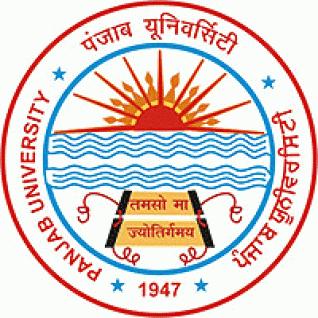(21st October, 2014); The student chapter of ISPOR at NIPER, Mohali conducted a workshop on “Critical Appraisal of Research Papers” as a part of the Third International Conference of Pharmacoeconomics and Outcome Research (held on 17-18 Oct 2014 at New Delhi). Critical appraisal of literature helps in ensuring the trustworthiness, value and relevance of published research to apply into practice.
Over 25 participants from the academia and industry had participated in the workshop. This workshop was carried out with the purpose to create awareness among the youth on critical appraisal.
This workshop was divided into three main sessions. The first session, led by Mr. Rajiv, was devoted to the introduction of critical appraisal. He discussed the need of critical appraisal, what skills are needed to do this and how the critical appraisal can provide us the best evidence for framing the guidelines to apply the evidence in real life practice. He also exemplified how a poorly conducted research can lead to million dollar loss to society or to particular firm. The second session, by Ms. Shallu, focused on the discussing the appraisal of Randomized Controlled Trial (RCT) using the Critical Appraisal Skills Programme (CASP). Ms. Shallu had discussed about the various questions used in the CASP for the RCT appraisal. During her presentation she had also discussed about the randomization and various methods used to do the randomization, various types of blinding, and the types of bias in a study. The 3rd session of the workshop was devoted to the hands on experience. In this session, led by Mr. Kapil, all the participants were provided with a copy pf the published results of a RCT and CASP scale, and expected to answer the 11 questions from the RCT. After providing sufficient time to the participants for work up, all the questions were discussed by Mr. Kapil.
Due to paucity of time, the planned appraisal of the observational study by Mr. Salman could not be taken up. The volunteer Mr. Aejaz supported the workshop very well. This 1 hour workshop was chaired by Prof. JS Bapna and Prof. Pramil Tiwari (Head, Department of Pharmacy Practice, NIPER, Mohali).
The student chapter thanks ISPOR India chapter and Prof SK Gupta President of the chapter for providing the platform to share our learning with various researchers. Development of these skills shall help in capacity building in HEOR.
<< Pharma News
Subscribe to PharmaTutor News Alerts by Email >>




 ABOUT AUTHORS:
ABOUT AUTHORS: 







